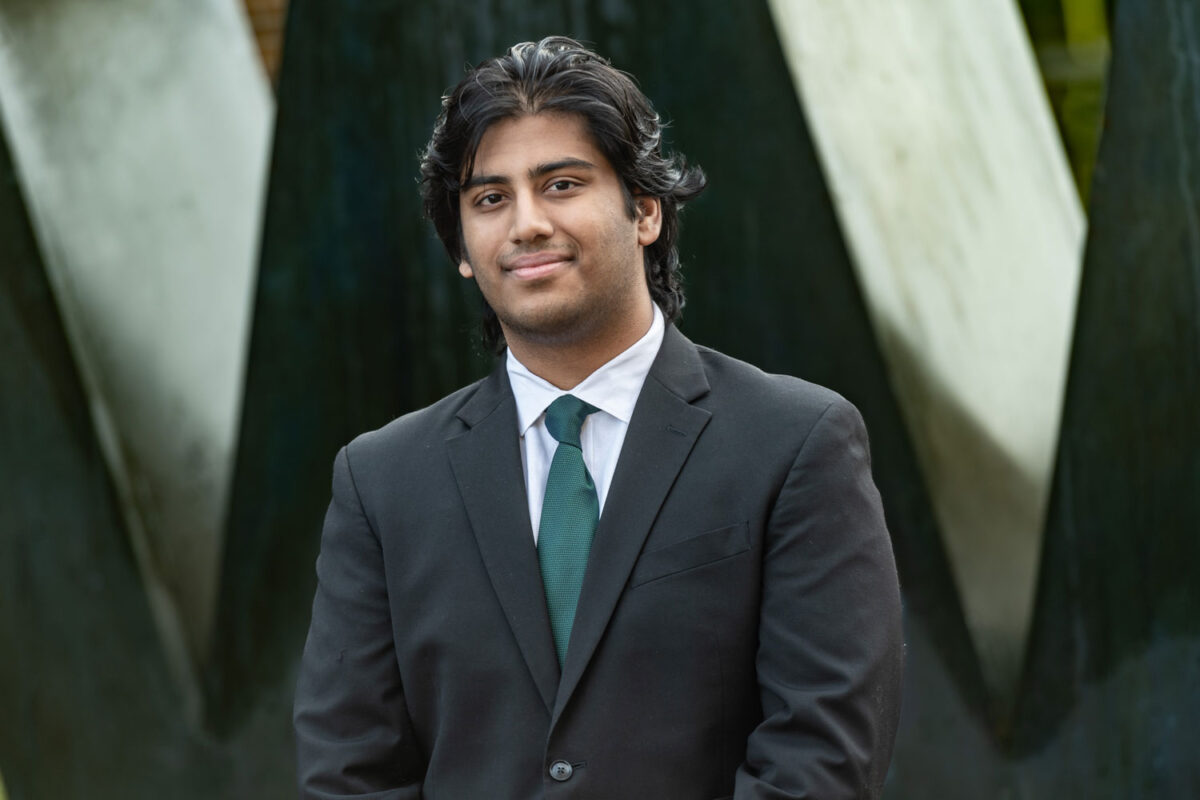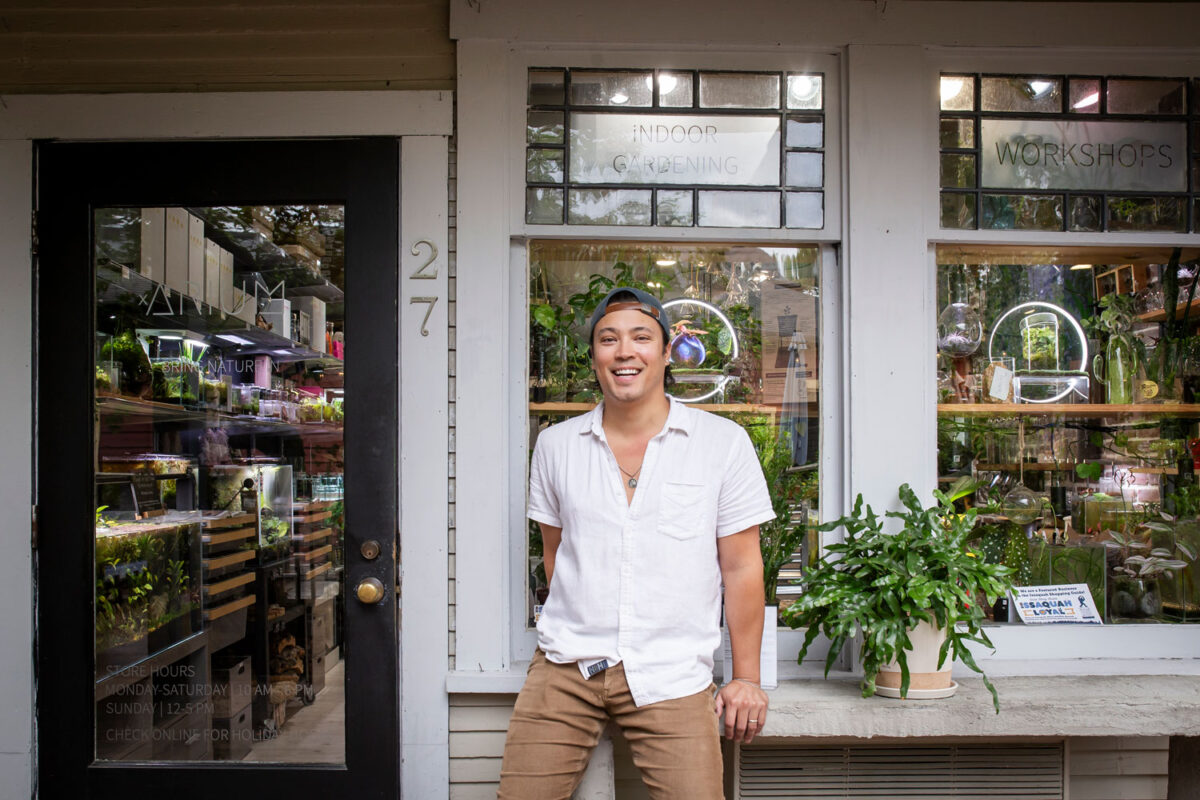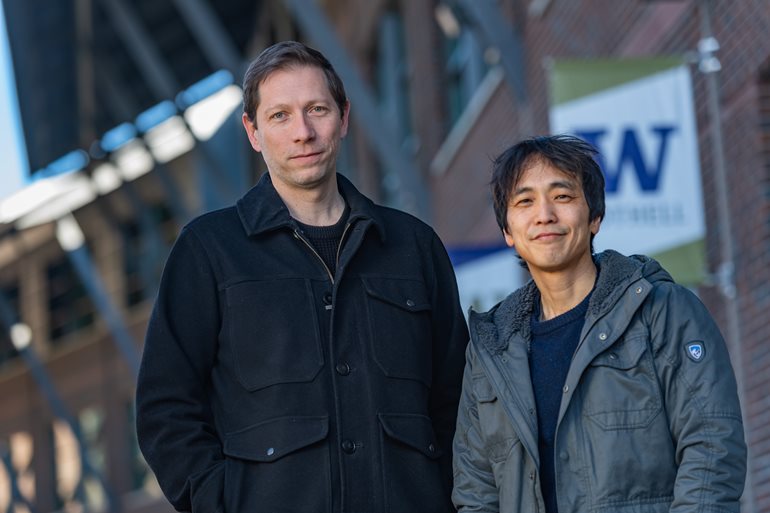
By Douglas Esser
As associate professors in UW Bothell’s School of Interdisciplinary Arts & Sciences for nearly a decade, Ted Hiebert and Jin-Kyu Jung have long known each other. But they seldom had occasion to talk until they found themselves commuting on the same bus.
Those commuter conversations a few years ago led to a creative collaboration of researchers from two different fields. Jung is an urban geographer who teaches courses related to Geographic Information Sciences (GIS) and urban planning. Hiebert is an artist who examines technology and culture and teaches visual and literary arts. As collaborators, they have been exploring how to merge geographic and artistic representations of information.
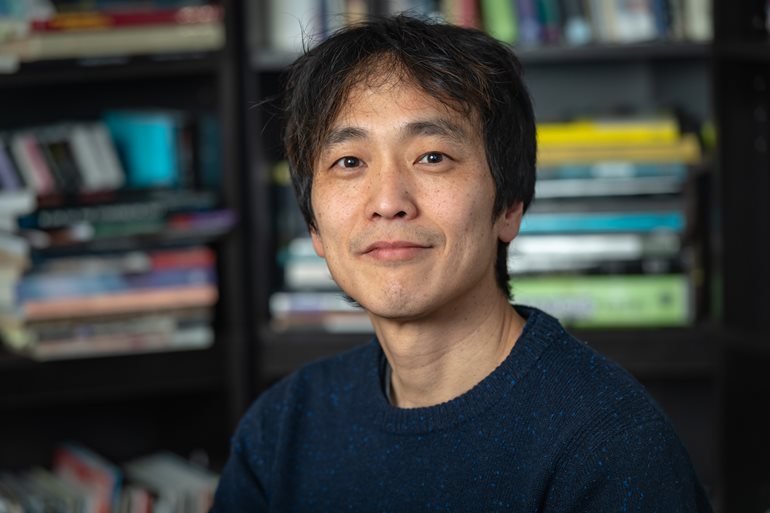
Recently, Jung and Hiebert received a UW Royalty Research Fund (RRF) Scholar award for nearly $39,000 for a research project called “Imagining the Details: Creative-Critical Engagement of Mapping and Imagining.” As the principal investigator, Jung plans to engage with the issue of homelessness. Jung and Hiebert also plan to turn the project into virtual and installed public art.
Portrait of a bus stop
“Thinking about what maps can do or cannot do allows me to think about more holistic ways to show all the ideas we have about urban space,” said Jung. “What are other layers we can add from real data? And what about imaginary data?”
An example of the approach is their previous research project centered around an artist friend of Hiebert’s. Also a bus rider, the friend spent a lot of time at a bus stop and a lot of time thinking about the experience of waiting.
Hiebert and Jung assembled ways the bus stop could be represented in all its complexity. First, of course, was a map of bus routes. Then, a photo of the bus stop conveyed additional information. The bus stop user painted a picture, putting it context with its surroundings. He also recorded audio and video interviews, sharing his thoughts not only about waiting at the bus stop but also in working in his job as a waiter.
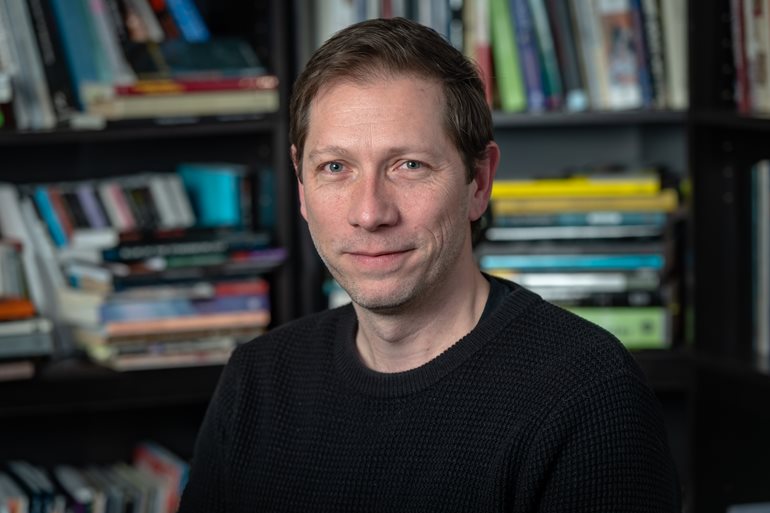
Going further, they used an electroencephalogram (EEG) to record a brain wave as he thought about the bus stop. Taken all together — map, photo, painting, recordings, EEG — it created a data portrait.
“We call it multimodal forms of data — the idea of thinking about data as a multifaceted portrait of a system,” Hiebert said.
Recognizing innovative ideas
Money for the RRF comes from royalties and licensing fees generated by technology developed at the University of Washington. The awards support proposals with a high probability of generating new activities, information or resources that could lead to new technology. Since it was started in 1992, the program has funded more than 1,850 projects and provided more than $51 million to UW researchers.
Their award will give Jung and Hiebert one quarter of “teaching release time” to further their vision of mapping and geovisualization as a form of critical and creative engagement. Their research will include recording brainwaves of students and community participants using their imaginations, they said.
“At the core of our project is an acknowledgement that there are some things that can’t be known directly — but they can be imagined,” Hiebert said.
So, they are creating a way to imagine things that can’t be known directly.
“It was quite fortunate that we rode the same bus, came together and discussed these ideas,” Jung said.


